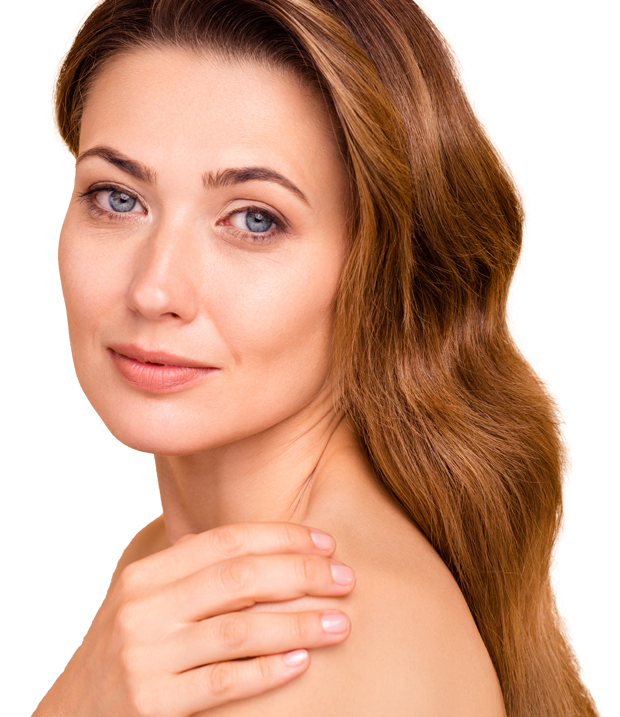


Introduction to Fat Grafting
The reduction of facial volume, or fat atrophy, is perhaps the most profound process responsible for the changes perceived in facial aging. Fat atrophy takes place when the fat cells become less full or in some cases, there are a shrinking number of cells. Either way, the reduced volume leaves the skin looking deflated and, in some cases, gives it a skeletonized appearance. It also contributes to the appearance of deep folds and creases. The lips, both upper and lower, become smaller and there is less show of the red portion of the lip ,the vermilion. One of the most indicative signs of atrophy is temporal hollowing (concave temples), which significantly contributes to the skeletonized appearance in the upper third of the face. Finally, the depletion of fat volume in the cheeks makes the cheeks less rounded and youthful and also leads to deflation associated descent (ie – the cheeks fall).
How Fat Grafting Works
The transplantation of fat from one location in the body to another is known as fat grafting (sometimes referred to as fat transfer). In recent years, plastic surgeons have recognized that fat grafting is one of the most powerful tools we have to offer our patients in their desire to reverse some of the most glaring stigmata of facial aging. The temples, cheeks, lips, eyebrows and other areas that are depleted of fat can be grafted with fat gently relocated from other parts of the body, to restore natural fullness. The current understanding of fat grafting has yielded modern techniques that are predictable, safe, and satisfying in their results.
One of the more innovative locations for autologous fat grafting is the chin. If it is weak, this procedure enhances its projection and provides a subtle augmentation, potentially avoiding the need for genioplasty. Another powerful area to benefit from autologous fat grafting is the eyebrows. Fat grafting in this area creates a youthful fullness and convexity. This affect can sometimes even “pull-up” on the upper eyelid skin and reduce the amount of skin that is needed to be removed in a blepharoplasty, thus enhancing natural results.
Patient Experience
Autologous fat transfer or fat grafting in Austin, Texas is one of the most well tolerated cosmetic procedures available to patients today. The donor site discomfort is similar to that of liposuction, which most patients describe as providing very little discomfort or none at all. In some instances, grafting to the face can result in moderate swelling which generally resolves in one week. The discomfort associated with fat grafting target sites is an individualized experience however, most patients report that it is not significantly more uncomfortable than using the injectable fillers. It should be noted that, within the first three months, some volume loss of the grafted fat is expected and the potential of a touch-up grafting procedure is reasonable to expect and anticipate when considering one of these procedures.
Get In Touch
Patients respond to Dr. Weinfeld's expertise and caring patient focused approach. If you have any questions about a procedure or are ready to schedule a consultation, please call or fill out the form below.
Office
Phone: 512-559-1376
Office & Surgery Center
Phone: 512-559-1376
This facility is only for cosmetic and non-insurance based procedures. If you seek insurance based treatments or reconstructive procedures, please search for Dr. Weinfeld in his other facility.
*Please verify the location of your appointment.
Connect with us
